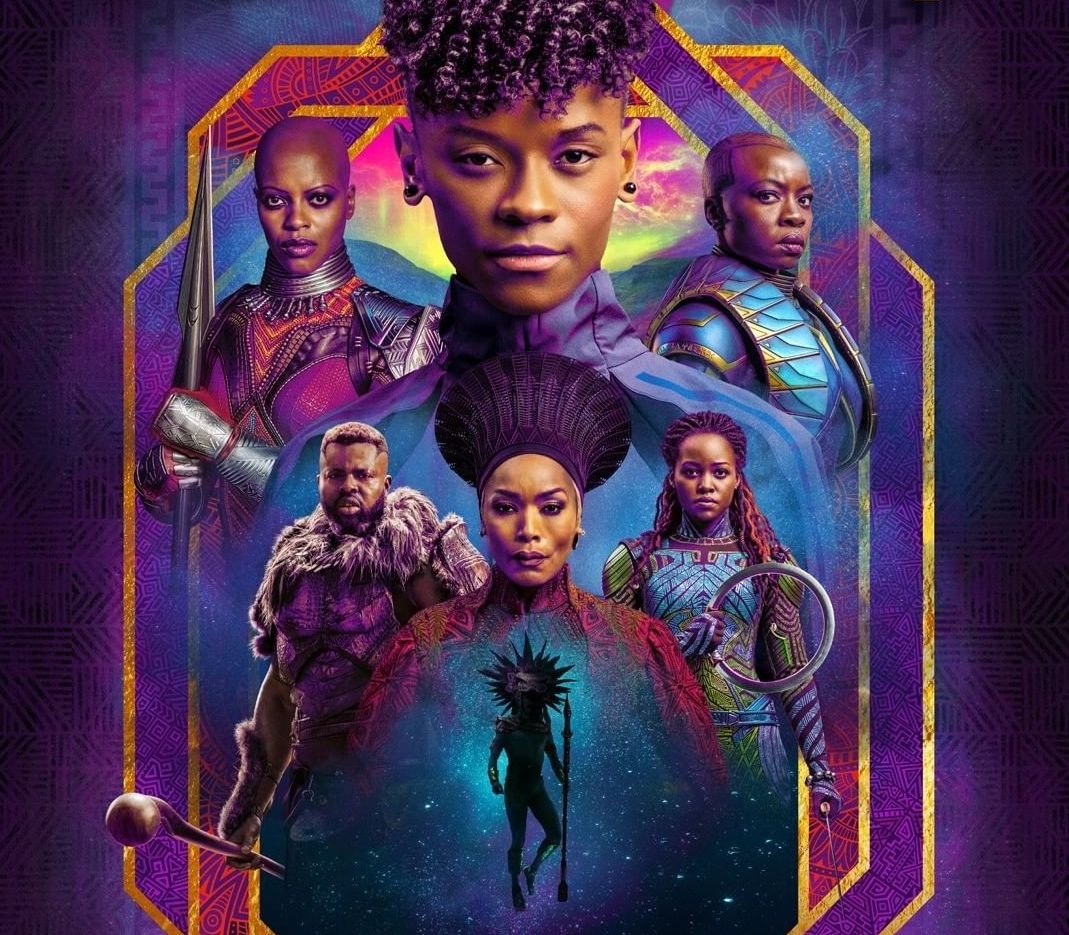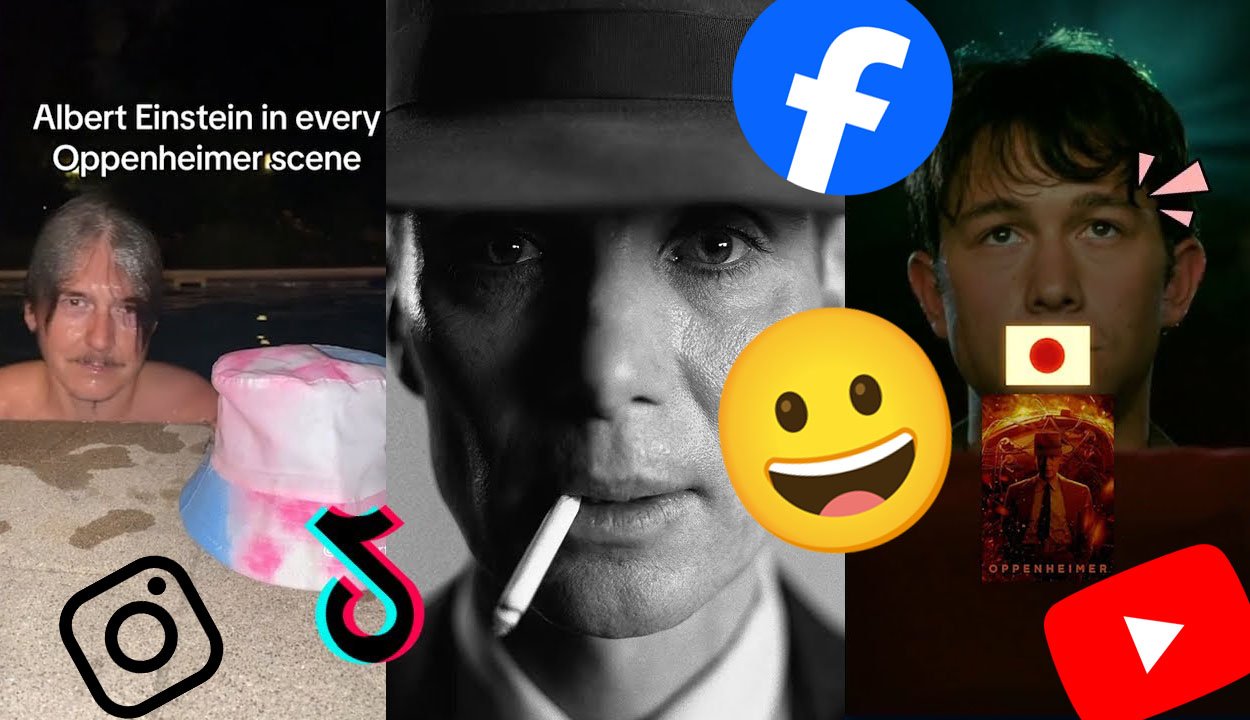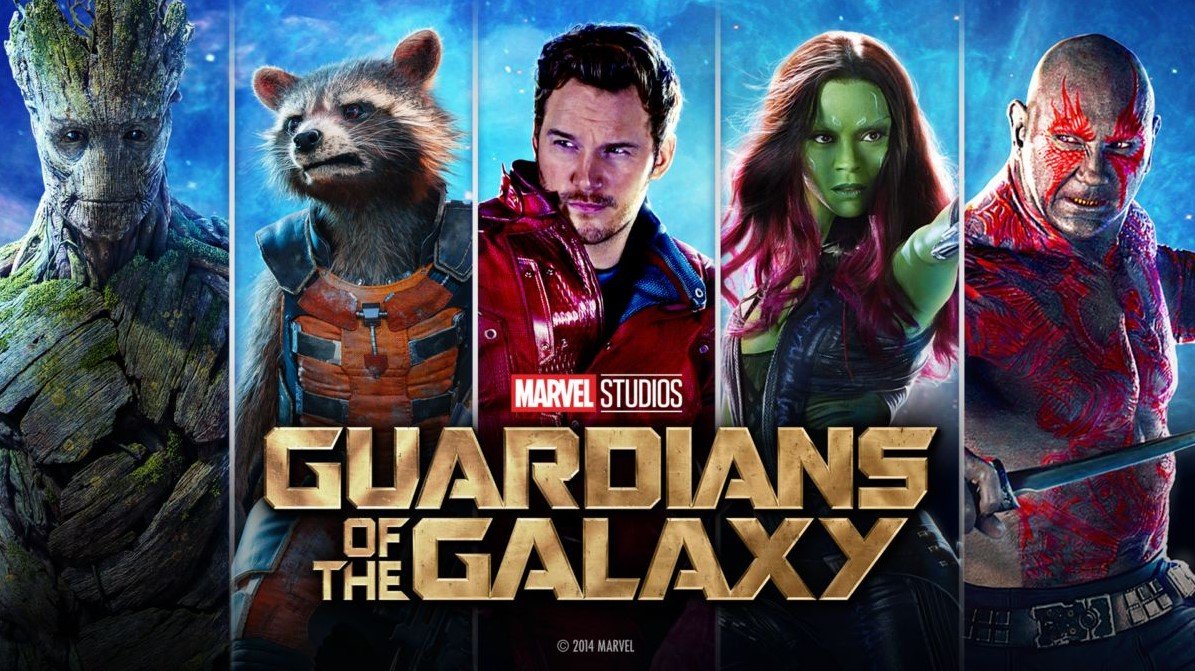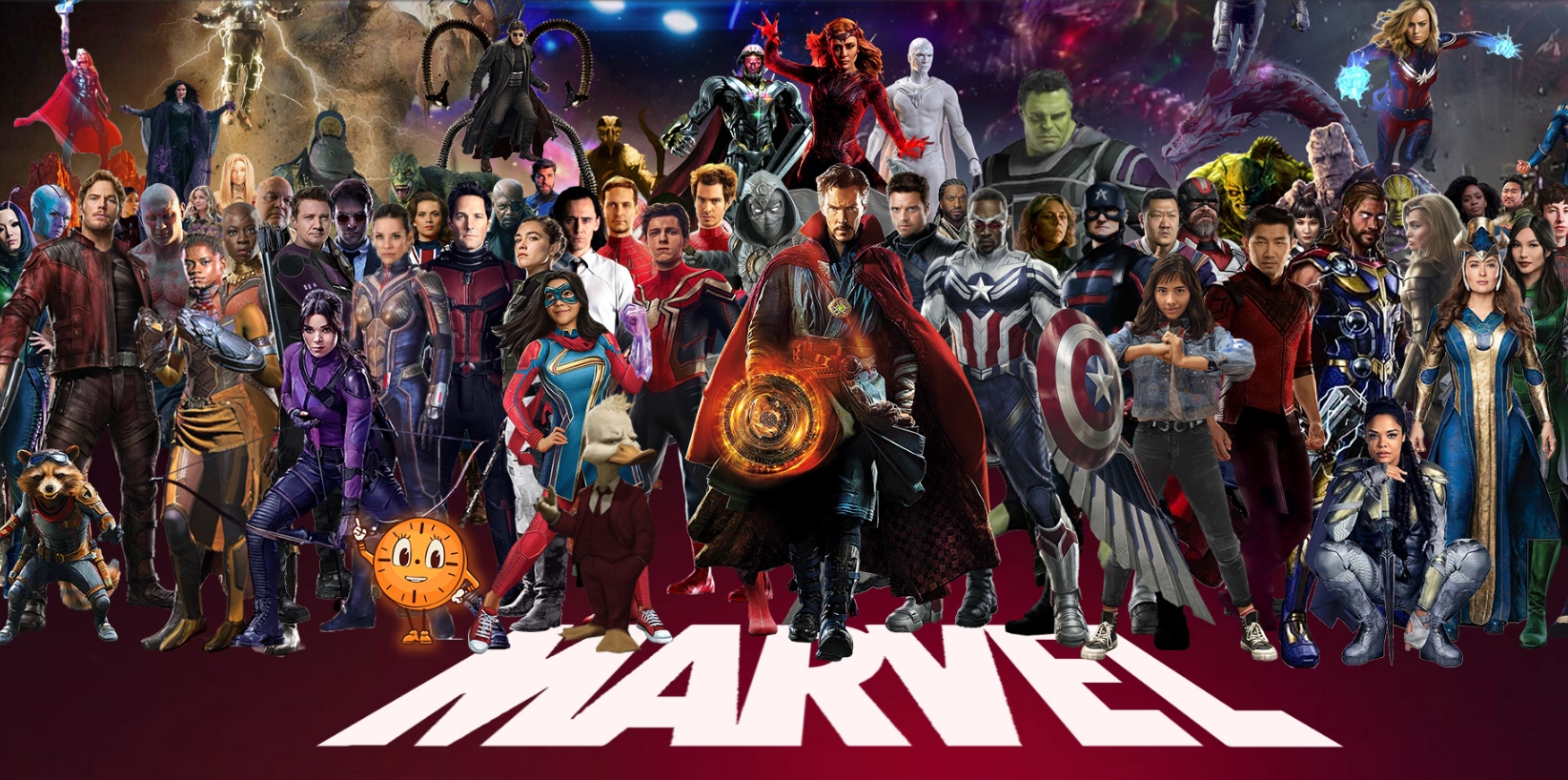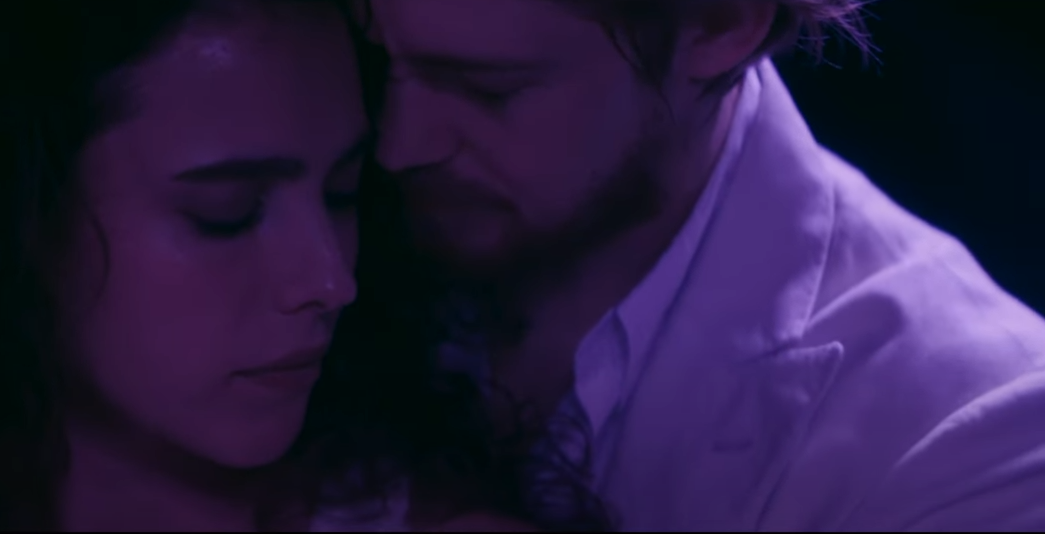Marvel Studios’ Phase 4 projects were our re-introduction to the universe following its one-year break due to Covid-19. While a lot can be said about these projects, especially how they dared to bring a new concept to the universe, the right description would be erratic.
It’s no easy thing for Marvel Studios to build the next stage of their storyline following the massive success of the Infinity Saga, as a result, the audience has been presented with a mix of excellent and lukewarm projects, one that birthed the idea that the Studios’ glory days might have come to an end. Well, Ryan Coogler is back with a sequel to his 2018’s blockbuster, Black Panther, and it is bigger, better, and more grounded.
Filmed at the time of mourning and without the presence of Black Panther’s leading man, Chadwick Boseman, Ryan Coogler created an emotional and thought-provoking gem in Black Panther: Wakanda Forever. Set years after the first film, Wakanda is in a vulnerable state following the death of its King. Ramonda (Angela Bassett), the new sovereign of Wakanda, does what she must for her people and family while dealing with unbearable grief.
Shuri (Letitia Wright) buries herself in her work, while the Wakandan General, Okoye (Danai Gurira) tries to keep the nation and its resources safe with the help of the Dora Milaje, including Ayo (Florence Kasumba) and Aneka (Michaela Coel), from the prying hands of the U.S and France who chose the moment of Wakanda’s vulnerable state to seek out the nations’ precious resource, Vibranium.
Following a U.S mining expedition gone wrong, Wakanda gets blamed for this aggressive act, and a target is placed on their back. Namor (Tenoch Huerta), the King of an underwater civilization known as Talokan, also blames Wakanda for the invasion of his country’s privacy. The series of unfortunate events leads to one of the most engrossing conflicts in the MCU, and a grieving Wakanda is stuck in the middle.
Black Panther was a cultural phenomenon at the time of its release, surpassing the expectations of what a comic book movie should be, and getting nominated at the biggest film award for the biggest category with Best Picture at the Academy Awards. It was also the first MCU film to win an Oscar for Best Costume Design, Best Original Score, and Best Production Design. The standards are high, and Black Panther: Wakanda Forever has a lot to live up to.
The film opens with the death of T’Challa, and what follows is a tribute befitting both Chadwick and T’Challa. The emotion-jerking burial scene is one worthy of a King as the entire nation rocked their white attire in celebration of a life well spent, and a legacy worthy of remembering. What follows is the traditional Marvel Studios opening, but this time it’s a collage of every T’Challa moment, and instead of the theme song, pure silence was opted for, another tribute to Chadwick, allowing the audience the one minute of silence before delving into the film. Rest assured, this film pays tribute to Chadwick in more than just one moment.
Director Ryan Coogler and co-writer Joe Robert Cole do a fantastic job of honoring Chadwick’s legacy and knitting their loss into the story brilliantly. The story balances its several plots perfectly, by following the path laid by its prequel while exploring new elements and characters with the same passion present in the prequel. The world-building was done remarkably, while the prequel has introduced the audience to the world of Wakanda, this introduces us to Talokan and more of the U.S government structure.
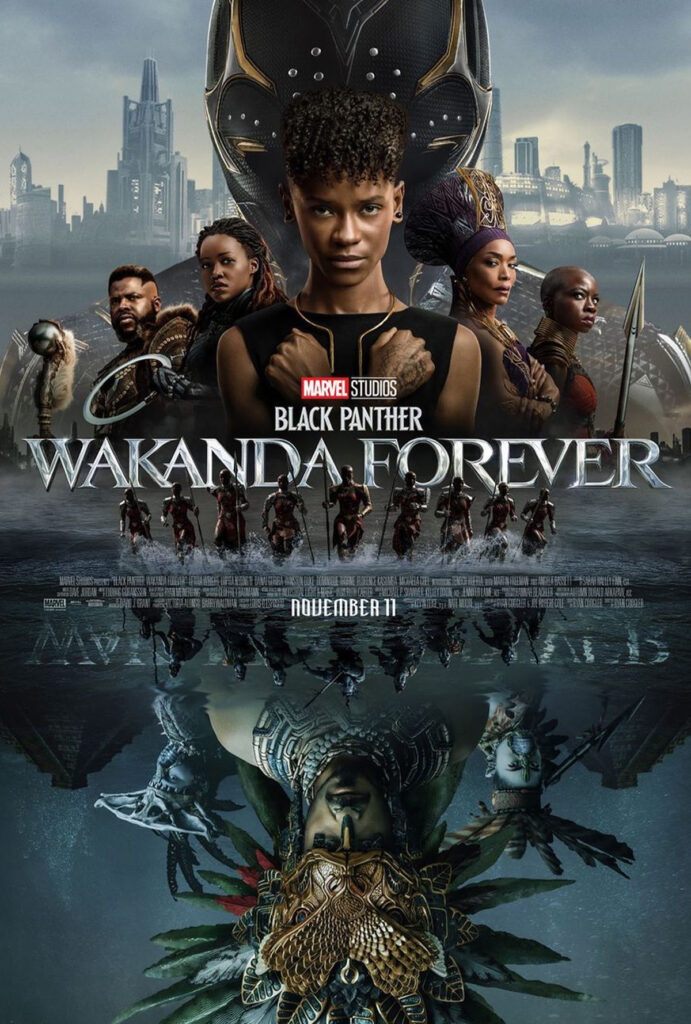
The introduction of Namor and Talokan is a crucial part of the story and for the first time in a long time, we learn about the antagonist in the same vein as we do the protagonist. Ryan Coogler is no newbie when it comes to introducing a secret civilization to the audience, and he does it brilliantly with Talokan. Based on Marvel Comics’ Atlantis, but changed not to be misinterpreted with DC’s Atlantis which was introduced in the successful Aquaman movie.
Despite being a secondary location in the film, Talokan looms large, and its introduction is one of the film’s highlights. Marvel took inspiration from Aztec culture and the legends of Tlālōcān, an ancient city ruled by the rain god Tlāloc. This includes making Tlãloc part of the MCU, which paves way for Mexican representation, something the prequel did for Africans. The setting of Talokan is beautiful, massive, and majestic. The film also delves more into the culture in the form of their outfits, languages, and songs (an important part of their battle strategy).
The casts are phenomenal and one of the best parts of the film. Angela Bassett, Letitia Wright, Danai Gurira, and Lupita Nyong’o embody the emotional parts of the film perfectly while advancing their characters’ traits compared to their prequel persona. Newcomers, Tenoch Huerta and Dominique Thorne bring a new and special feel to the film, with Tenoch embodying the menacing but loyal leader while Dominique plays the carefree child role, a part Letitia played as Shuri in the prequel.
The soundtrack and score work perfectly well with the overarching theme while complementing the various cultures present and keeping in touch with the emotional themes of the film. Composer Ludwig Göransson, who won an Oscar for his work in the prequel is back and delivers an even stronger score for the film. The score used in the prequel is tweaked to better fit the mood of this film, and the scores for new characters, especially Namor, are heavily inspired by the Mayan culture.
The cinematography and visuals are extraordinary, especially for the outdoor scenes and Talokan. Costume Designer Ruth E. Carter, who also won an Oscar for the prequel once again works her magic. The weaving of various traditional outfits both from Africa and the ancient Maya gives this film a special kind of feel. Every costume pays homage to its culture and feels rich with history.
While jokes and quips are the standard MCU formula, Wakanda Forever tweaks it perfectly to complement the themes, and while there are several comedic moments, none of it felt forced. The action is elevated from its prequel’s standard and feels even better choreographed. The fighting style of Shuri, Okoye, and Namor especially are the best and most unique in the film.
Black Panther: Wakanda Forever while influenced by grief, is so much more than that. It is an action-packed, emotional journey that progresses its character’s journey while also paying tribute to its lead character.
Black Panther Rating: 8.5/10

